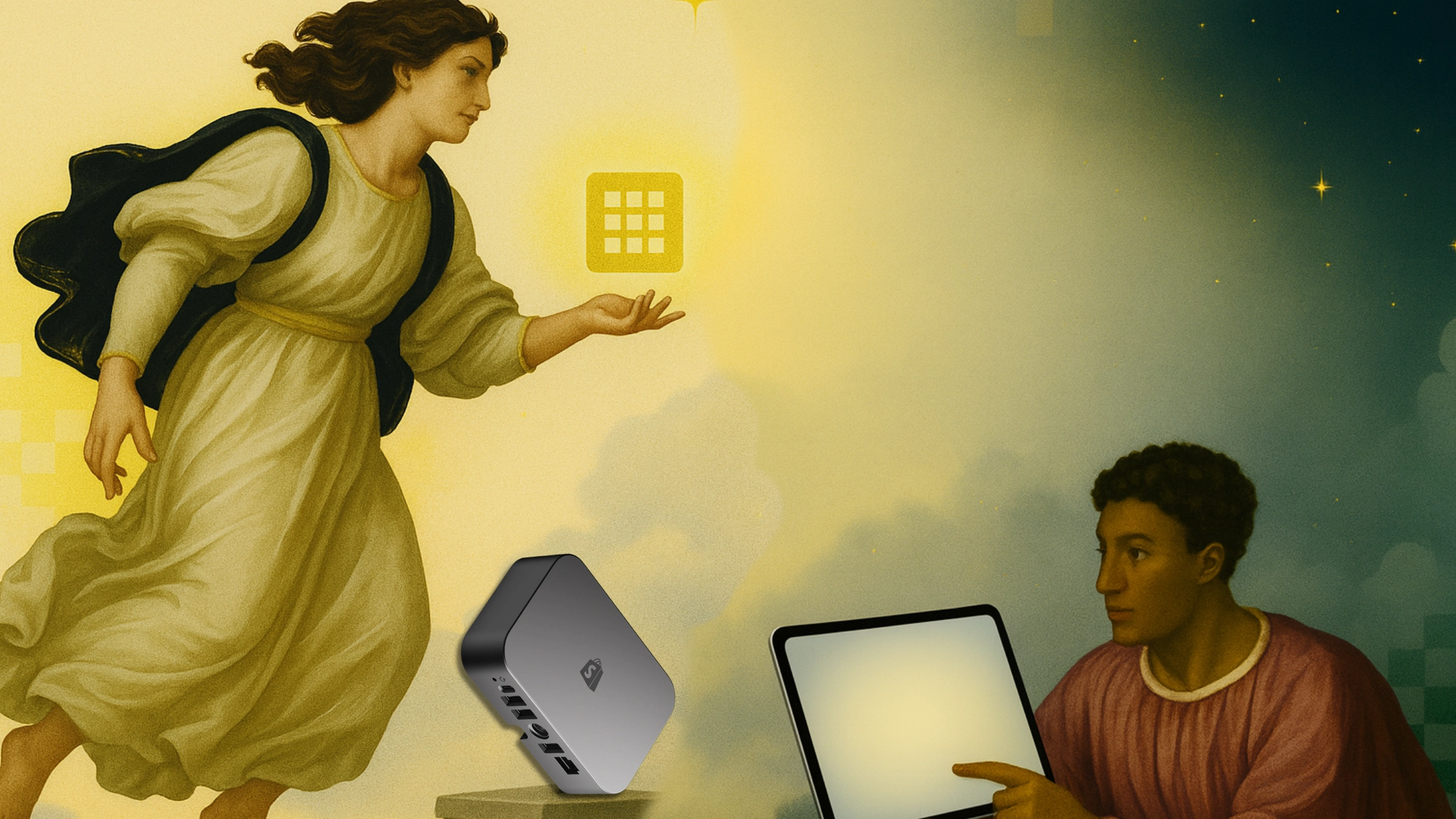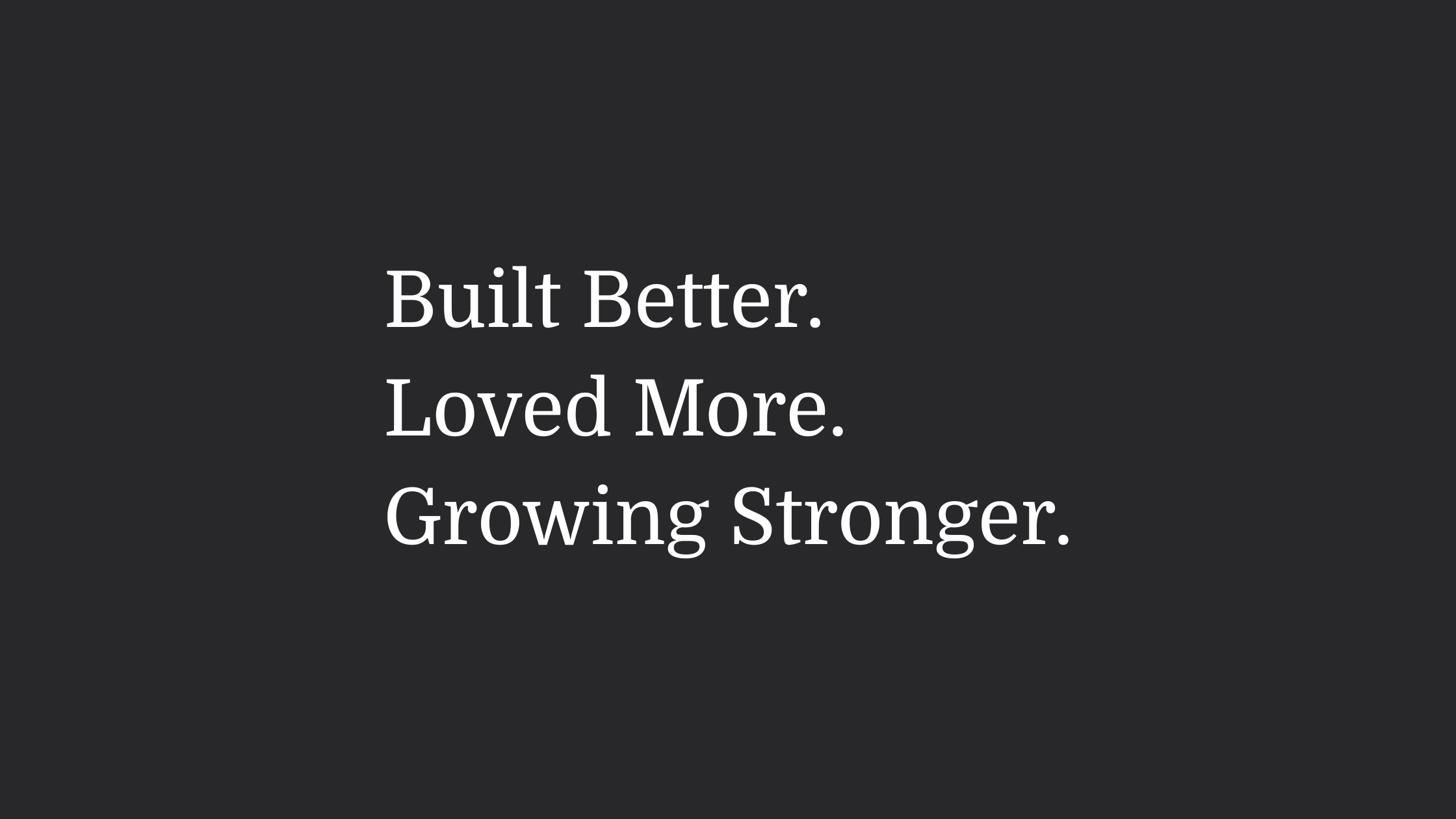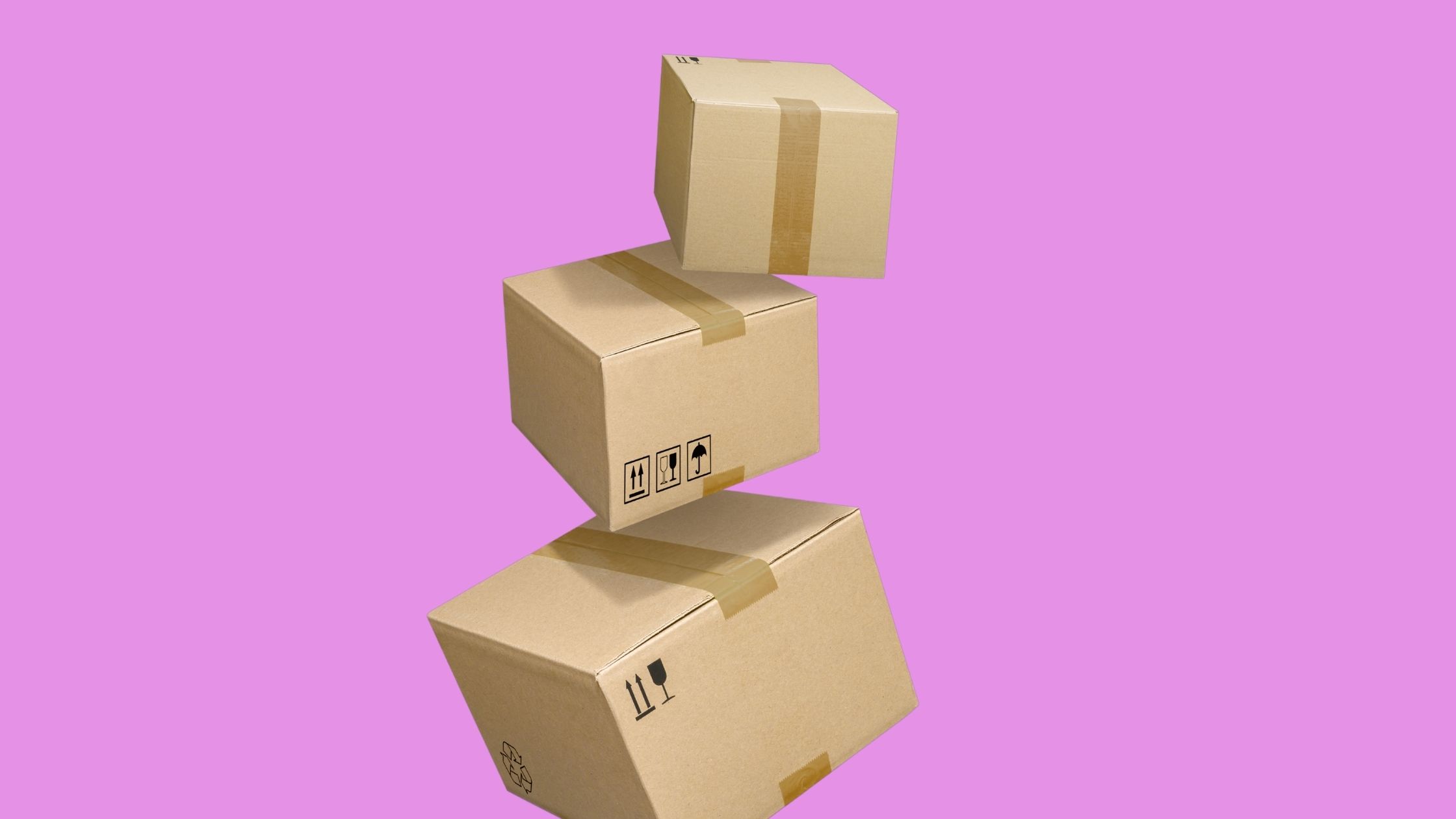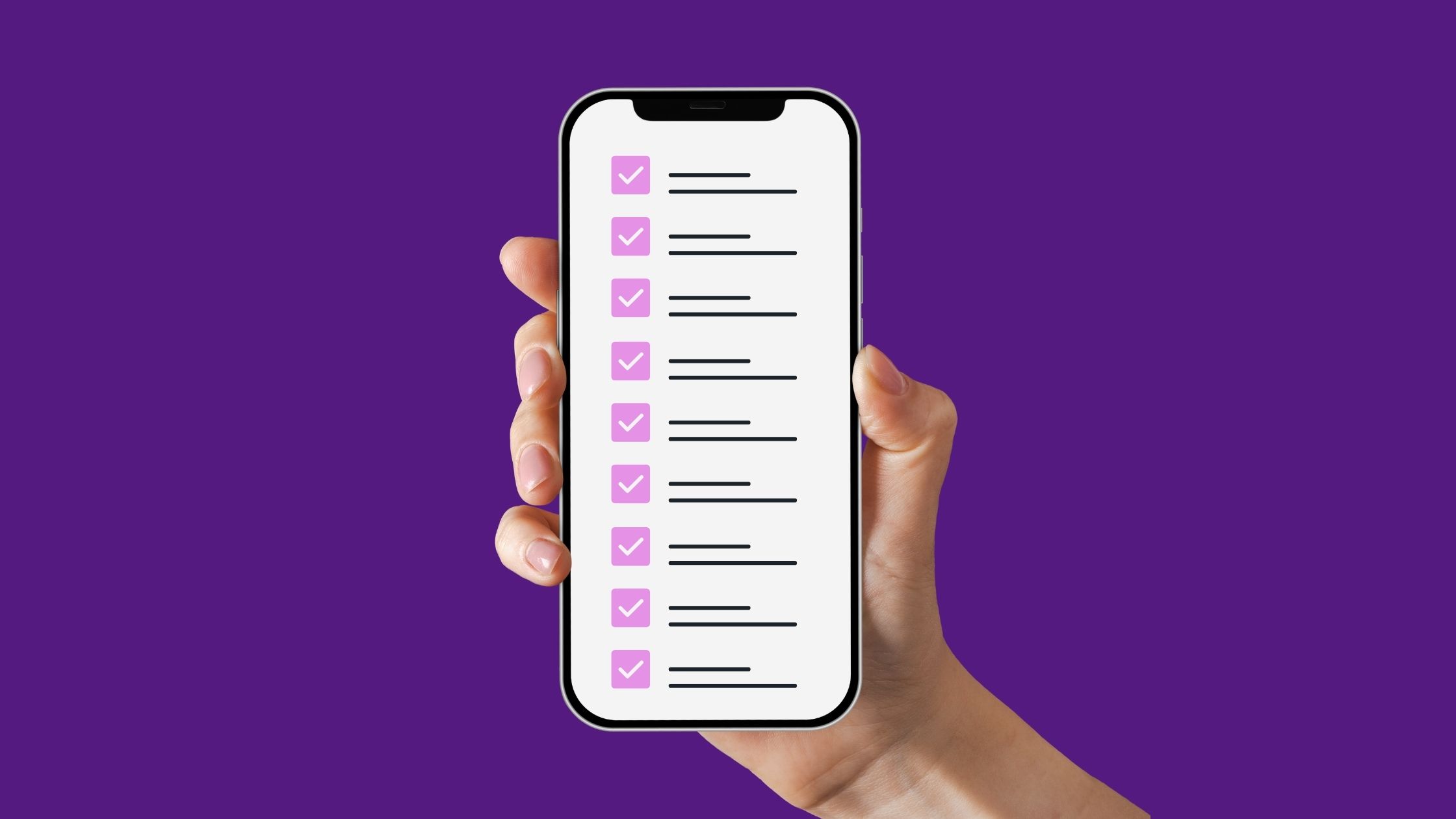Interview multiple candidates
Lorem ipsum dolor sit amet, consectetur adipiscing elit proin mi pellentesque lorem turpis feugiat non sed sed sed aliquam lectus sodales gravida turpis maassa odio faucibus accumsan turpis nulla tellus purus ut cursus lorem in pellentesque risus turpis eget quam eu nunc sed diam.
Search for the right experience
Lorem ipsum dolor sit amet, consectetur adipiscing elit proin mi pellentesque lorem turpis feugiat non sed sed sed aliquam lectus sodales gravida turpis maassa odio.
- Lorem ipsum dolor sit amet, consectetur adipiscing elit.
- Porttitor nibh est vulputate vitae sem vitae.
- Netus vestibulum dignissim scelerisque vitae.
- Amet tellus nisl risus lorem vulputate velit eget.
Ask for past work examples & results
Lorem ipsum dolor sit amet, consectetur adipiscing elit consectetur in proin mattis enim posuere maecenas non magna mauris, feugiat montes, porttitor eget nulla id id.
- Lorem ipsum dolor sit amet, consectetur adipiscing elit.
- Netus vestibulum dignissim scelerisque vitae.
- Porttitor nibh est vulputate vitae sem vitae.
- Amet tellus nisl risus lorem vulputate velit eget.
Vet candidates & ask for past references before hiring
Lorem ipsum dolor sit amet, consectetur adipiscing elit ut suspendisse convallis enim tincidunt nunc condimentum facilisi accumsan tempor donec dolor malesuada vestibulum in sed sed morbi accumsan tristique turpis vivamus non velit euismod.
“Lorem ipsum dolor sit amet, consectetur adipiscing elit nunc gravida purus urna, ipsum eu morbi in enim”
Once you hire them, give them access for all tools & resources for success
Lorem ipsum dolor sit amet, consectetur adipiscing elit ut suspendisse convallis enim tincidunt nunc condimentum facilisi accumsan tempor donec dolor malesuada vestibulum in sed sed morbi accumsan tristique turpis vivamus non velit euismod.
Psychological pricing is one of the most intriguing subjects for marketers. How do consumers perceive your prices? Are they able to rationally evaluate the costs, the competitor prices, the industry norms before making a purchasing decision?
When shopping for your latest wardrobe purchase, a new house or even your next meal out, you will be faced with dozens of pricing options. But what does ‘price’ actually mean? How do you value things? Price, whilst it affects our daily lives, is still a perception. Why one car brand charges thousands more than another for each model is based not only on its costs of production, but above all on its psychological value. You might sell your items at the lowest general price level, but customers could still find your products expensive. Why? Because so often when shopping, we perceive prices with emotions instead of looking at them in a mathematical and rational way. Our unconscious minds shape our decisions long before we become consciously aware of them.
In this article, we’re going to focus on how to influence the customer’s emotional response to the prices on your store, and ultimately? Generate more sales.
1. “Odd” or “Charm” Pricing: The Power of Number 9
Charm pricing is probably the most popular pricing strategy. It consists in taking a rounded price and marketing it with an odd number, often nines, just below the full price. In this way, a £50.00 product will be marketed at £49.99.
A product at £49.99 is a perceived as better bargain than a product at £50.00. If these prices are likely to be used to compare offers (on supermarket shelves or comparison websites, for example), £49.99 will appear at a lower price range than £50.00 and will be considered as a much better opportunity to the buyer. This psychology phenomena is explained by the fact that we read from left to right. Therefore, when we come across £1.99, we perceive the 1 first, which is closer than £1 than £2.
As this technique is now widespread amongst retailers and well known from the customers, is it still efficient to use it? Yes, according to this study conducted by the University of Chicago and MIT which tested the effect of prices ending in 9 on retail sales. They even went further by proving the following hypothesis: “Prices ending in a 9 are capable of outperforming lower prices for the same product."
To test the theory, the study compared women's clothing that was priced at $35 and $39.
The $39 price outperformed the $35 price by 24%. And yet customers were spending $4 more each time!
The researchers went even further by testing these 2 options for a sale product:
- $45 (instead of $60)
- $49 (instead of $60)
Again, the $49 product was the best-selling product.
No matter how well we know this technique, it seems that it works on our brains anyway. And if you still doubt it, just browse the Apple website. All their prices end in - you guessed it - a 9!
.png)
2. Rounded Pricing: When A Number Just Feels Right
Whilst the charming pricing strategy may work for rational purchases, if your customers are buying for pleasure, you’ll probably sell better with ‘double 0’ style pricing - or prices that are neatly rounded up.
An experiment conducted by Kuangjie Zhang and Monica Wadhwa in a 2015 found that consumers would prefer to buy a bottle of champagne priced at $40.00 rather than at $39.72 or $40.28. But why do we prefer rounded numbers over cheaper, seemingly random prices? Zhang and Wadhwa explain that emotional purchases "feel right" with rounded prices because the purchase is being driven by feelings and the price is processed quickly.
Deciding on whether using the prestige strategy depends on the type of purchase made: Is it an emotional or a rational purchase?
For the purchase of a computer, logic comes into play. You’ll want to know the specifications of your new laptop, read reviews or reach out to friends and family who have bought something similar. As a computer is a rational purchase, the charming pricing, or “Number 9” strategy, makes the most sense. The non-round figures (eg: £ 1149) encourages reliance on practical thinking because they are more complex to mentally process.
However for the purchase of recreational goods where we ask ourselves questions like "Do I really want this item?" rather than "Is it really worth the price?", studies show that a rounded price item sells better.
Round prices encourage us to follow our feelings when viewing a product. Our brain processes neat, round numbers faster. Luxury brands, such as Gucci, take great advantage of this pricing strategy. Buying a luxury handbag is not an uncommon purchase. The bag itself doesn’t do much more than a classic bag from River Island or Mango. Its purpose is still to carry on your wallet, keys and makeup. However, the fact that people (and not necessarily the ones able to afford luxury goods) still want to buy them shows that many customers do not act rationally. Luxury goods are often a way to increase self esteem, providing a sense of belonging or showing a sense of accomplishment. Emotions are taking over logic in the purchase decision and rounded prices help to keep the rational brain away.
.png)
3. Prestige Pricing: Raising Your Prices to Increase Sales
In some cases, businesses can actually increase their sales by raising their prices.
Counterintuitive? Not always.
In his book Influence: The Psychology of Persuasion, Cialdini relates a story about a store owner who was struggling to sell a selection of turquoise jewellery. These pieces were good quality for the asking price and the store was usually full of customers. And yet, they hadn’t sold. The store owner tried a few sales tricks to shift her stock, like moving her turquoise pieces to an obvious display area and not asking her staff to “push” the items hard. But nothing worked.
Finally, a night before leaving on an out-of-town business trip, she wrote an exasperated note to her saleswoman “Everything in this display case, price × ½,” , to clear the stock, even if at a loss. When she came back, she found that every article had been sold out, but at twice the original price! The employee had read the scribbled “½” as a 2 and had doubled the prices by mistake.
But what was it about the new inflated price that encouraged customers to part with their hard-earned cash?
Cialdini explains that as humans, our brains revert to stereotypes to guide our buying. And one of the biggest stereotypes that we have is that expensive equals good.
In the jewellery store, people were looking for “good quality” jewellery. With their little knowledge of turquoise, customers relied on the price alone to determine the jewellery quality.
Inflating your stock to higher prices encourages consumers to buy, simply because of the stock’s perceived value. This technique, however, can’t work for every type of online store. Charging high prices when your company doesn’t have the skills to demand them is a quick way to lose business. But if you have built a strong brand and make ongoing marketing efforts, higher prices might help you cement a stronger reputation.
4. Price Anchoring: Providing Context
The price of a product or service is always relative. Something you seek to buy is never truly “cheap” or “expensive” if it is the only available option. People need a second or even third option - an anchor price - to be able to value a product in context.
Imagine you’re looking to buy a box of chocolates. You may wander into Tesco’s, and notice that their own brand is about 60% cheaper than a major label such as Thorntons. If you’re keen to save some cash, you’ll grab a pack of the Tesco brand and walk away knowing you just saved yourself £5.
Now play back that same scenario, but this time imagine that the Tesco’s box of chocolates is no longer on the shelf. You’ll purchase a higher priced item without knowing if it’s a good deal or not. This is because the price lacks comparison.
This scenario also applies to jewellery stores. If you step into a glittering gold store and spot dozens of rings for £2,000 and one for £20,000, the price of a £20,000 ring looks far more expensive than if the entire store had been filled with £15-30,000 comparisons.
Retailer TK Maxx is a master at anchoring. Looking for a bargain bag? The original price of that designer travel bag you picked up is prominent on the label – RRP £920, our price £499.99.
.png)
Steve Jobs also applied the anchoring technique when he first introduced the iPad in 2010. Watch this video to see how Apple applied it here.
5. 'BOGOF': Buy One, Get One Free
Every savvy shopper loves a free gift, and the “BOGOF” technique (Buy One, Get One Free) is a popular sales offer that has been used for decades. But why do we love a BOGOF sale so much?
From a mathematical point of view, BOGOF is simply a 50% discount. In practice, this is not necessarily the case. Unless you’re getting two identical products, the “Free” product may not be of equal value to the one you paid for, making it in fact less than a 50% reduction.
Yet when posed with two offers, which do you consider the better deal: “Buy one and get one free” or “Buy 2 get 50% off”? According to a study done by researchers at the University of Minnesota, most people would prefer the first option, even though the two options are identical. Receiving a ‘free’ item by purchasing the first item at full price is more attractive than two items being sold at a 50% discount.
This phenomenon is known as innumeracy, where consumers are unable to recognise or understand fundamental math principles to apply them to everyday life.
Now, to fully maximise this strategy, you can get creative and stir things up a bit by offering one of the following:
- Purchase an item and receive a discount on your next purchase.
- Purchase one and get the related accessory, for free. (For example, you buy a Huel protein powder bag and you get a shaker for free)
- Buy one, get TWO free.
6. Pricing Display: Size & Colour Does Matter
Imagine hanging a bright, bold ‘SALE’ banner in the window of a shop. Which banner colour would you pick to draw the eye? Red, perhaps?
The way your UX is designed to display prices has a huge impact on the way customers perceive the value of your products.
Next time you go to a fancy restaurant, look at the prices. How subtle are they? Most likely, the cost of your next premium steak or fresh fish dish will be displayed in a smaller font size and won’t have the added zeros at the end. You’ll see prices such as “49”, instead of “£49.00 or “49,45” instead of “£49.45”.
So why the tiny text? This is because our brains have a universal conceptualisation of size. There’s a blurred overlap between visual size and numerical size. Customers perceive shorter prices to be cheaper than longer prices, even if they represent the same number. Longer prices, compounded by the use of the “£” symbol, take more time to read and the extra effort exacerbates the feeling of parting with hard-earned money. Hardly surprising that expensive restaurants want you to skim over their pricing!
The colour in which the price is displayed has also an impact on the sales. A study from Puccinelli et al. (2013) reveals that men are more likely to purchase products when prices are displayed in red, instead of back. This is because the colour red provokes a quick response among humans, and is the perfect colour when you want to grab people’s attention. Suddenly, when faced with a red label, our ability to process the other attributes of the ad (description, photos, quality of products…) is diminished. And more importantly, we associate red prices with savings.
.png)
Final Thoughts
The psychological pricing strategies mentioned above are not exhaustive. There are a lot of theories and other concepts behind psychology in the world of pricing (for additional reading on how customers perceive value and scenarios where price is more or less important, this article by InsideBe is a great place to start). But whatever you choose, make sure your pricing strategy matches your product and your market.
Try them out on your customers, monitor their success rates, and split-test different offers on certain pages and products to determine what works best for your business. Run a BOGOF offer on some items, and try “Charm pricing” on others.
Your prices, by their psychological impact, are a part of the story you tell to your customers. How do you want your brand to be perceived? Choose your pricing strategy carefully, and your customers will value you.
Looking for more expert advice? Checkout our Consulting services and get in touch.
Block Quote









